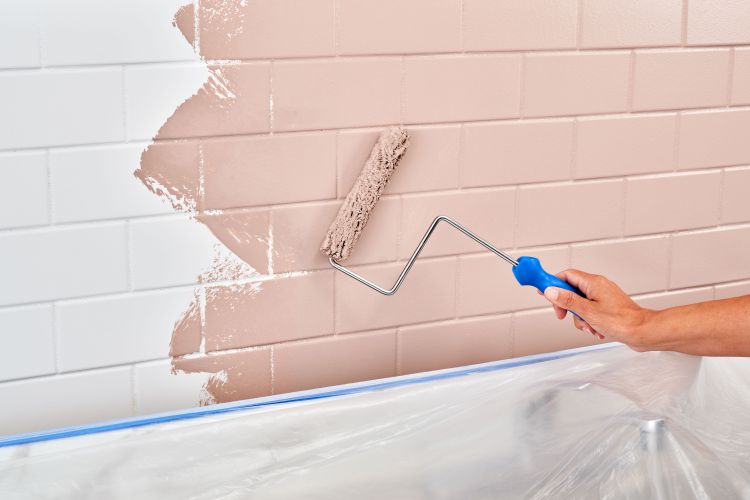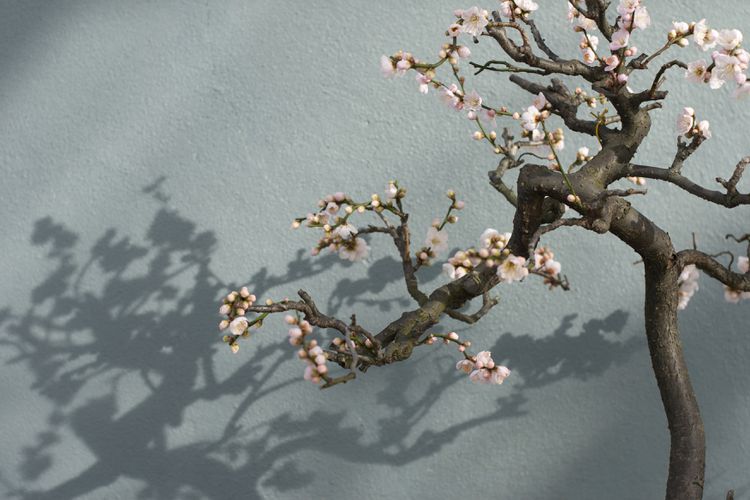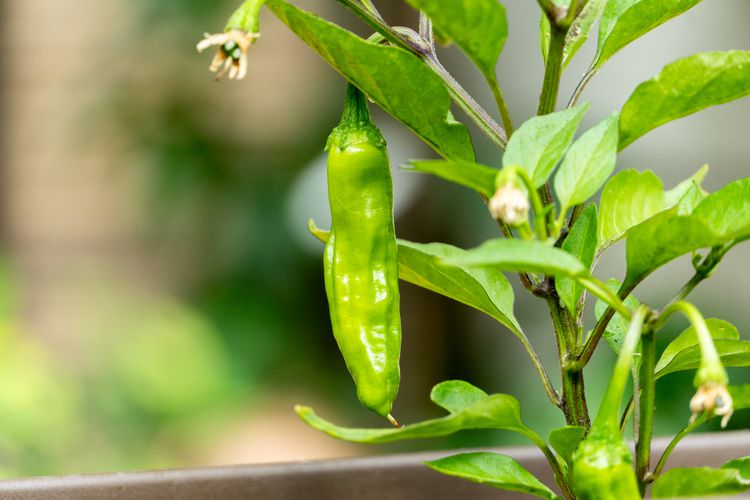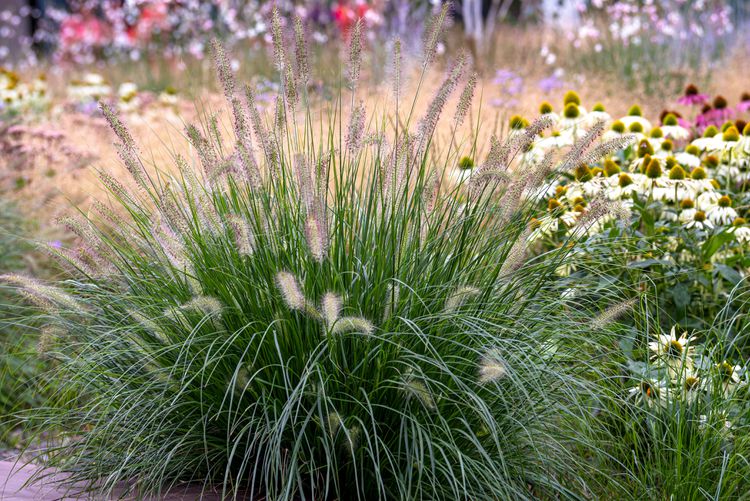
The Pennisetum genus encompasses a diverse range of ornamental grasses celebrated for their soft, fluffy flower spikes. Belonging to the Poaceae family, these plants are often called fountain grasses. This genus includes both annual and perennial species, varying in height from tall to short. The smaller types are ideal for container gardening, making a stunning addition to patios or entryways. Many of these striking grasses showcase a variety of stunning colors, including burgundy, purple, and various patterns. Their attractive blooms are excellent for both fresh and dried floral arrangements. Notable species within the Pennisetum genus include feathertop grass (Pennisetum villosum) and pearl millet (Pennisetum glaucum).
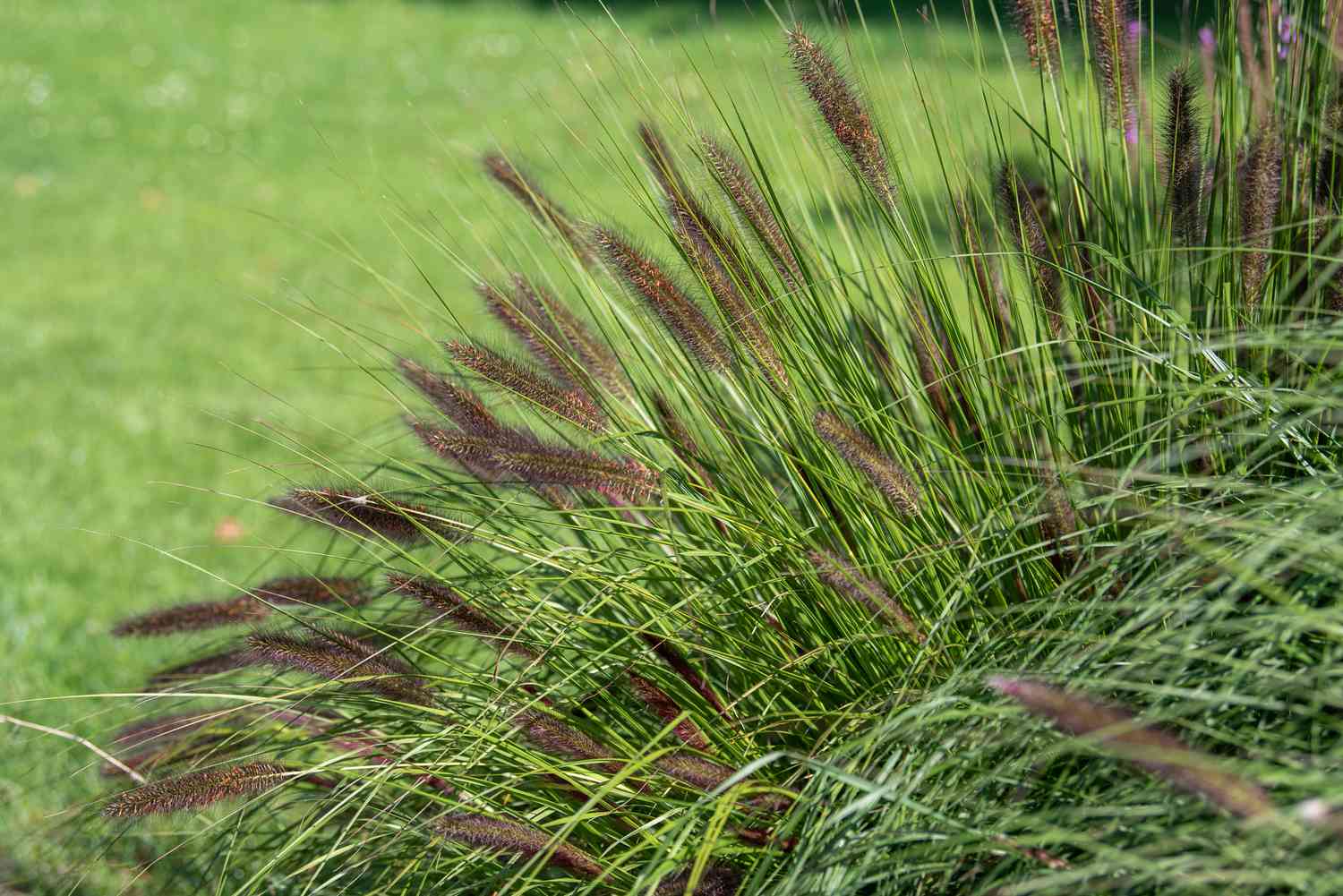
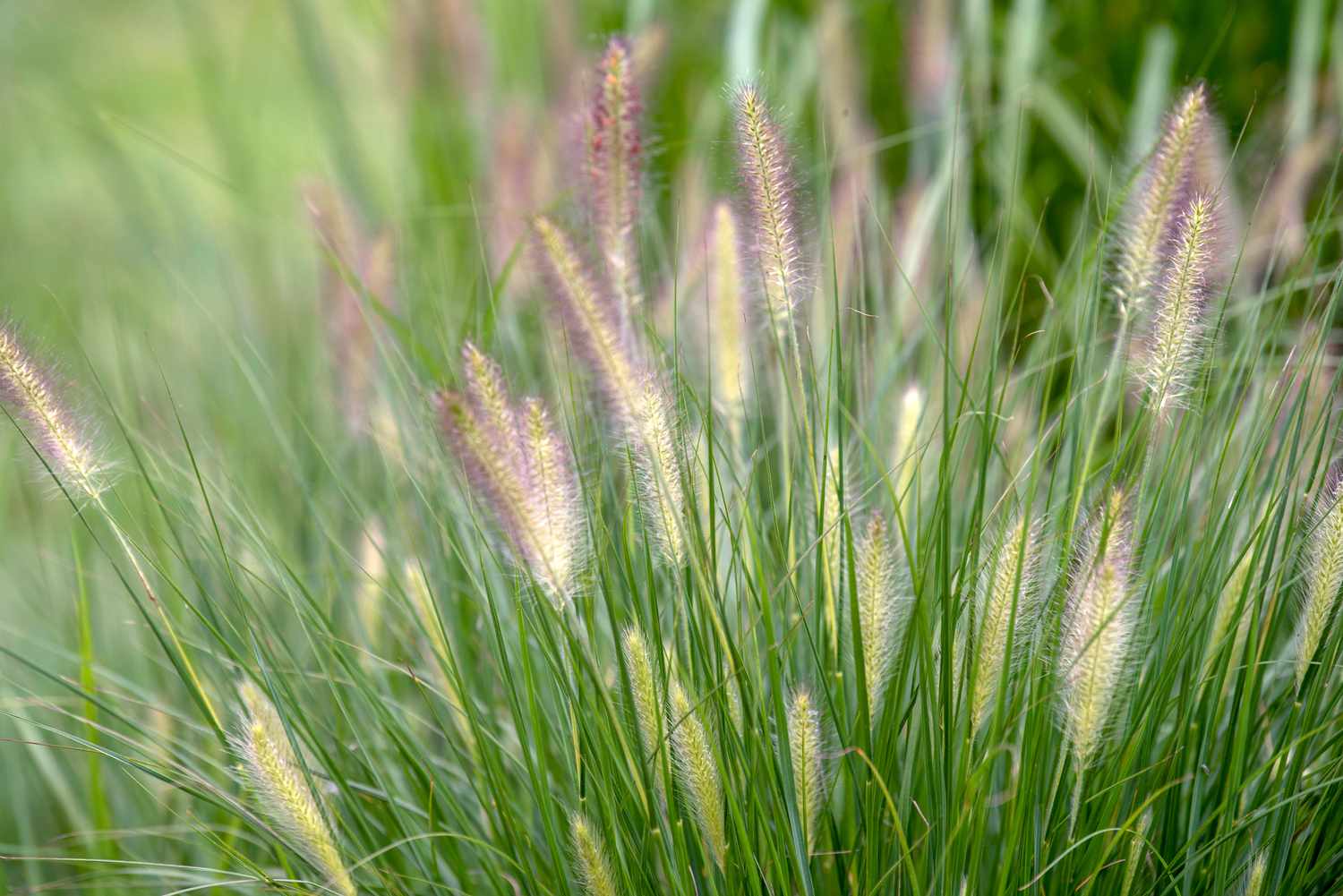
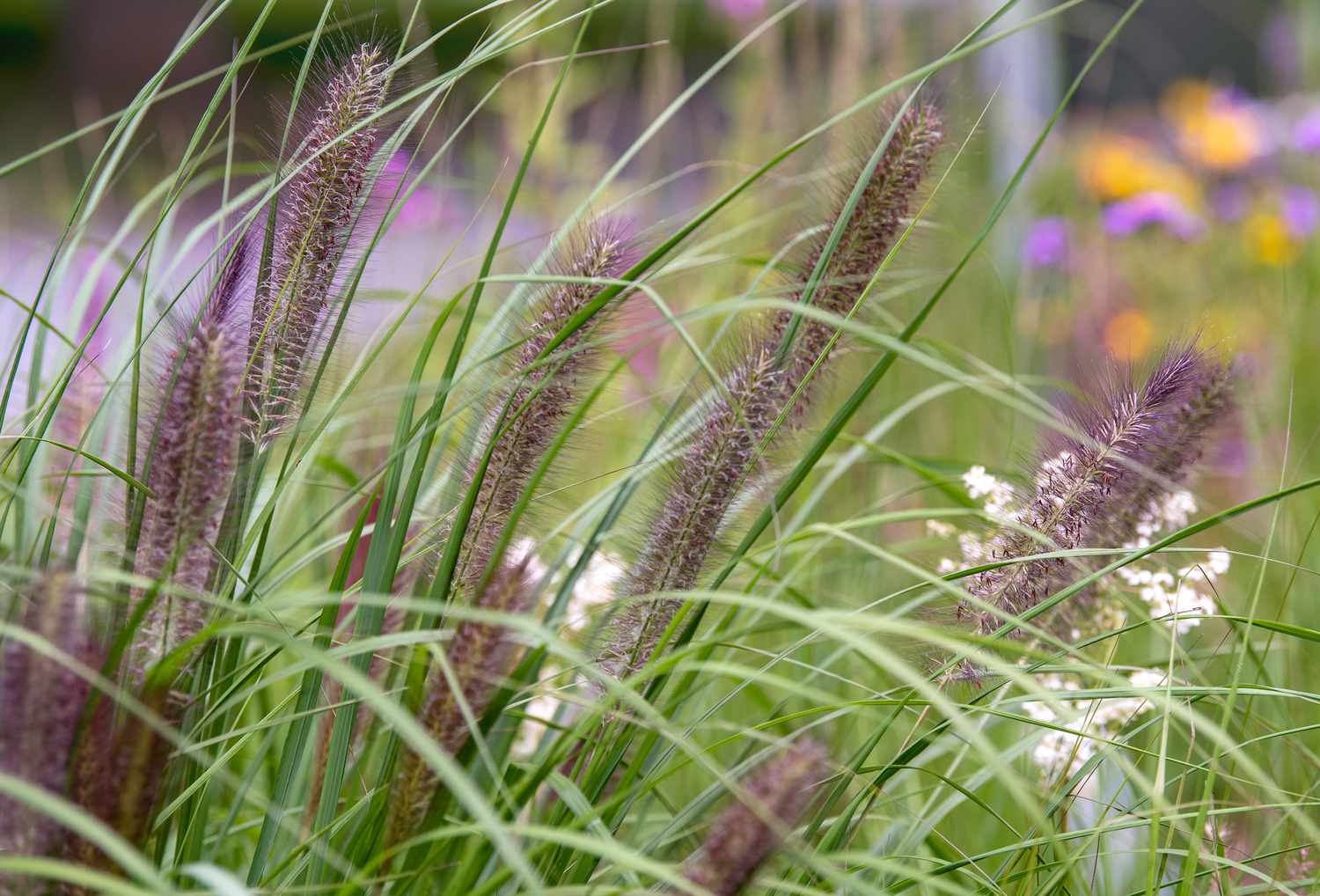
Light
These plants flourish in bright sunlight, ideally requiring six to eight hours of direct sunlight daily. While some shade is tolerable, excessive shade can lead to a lanky, droopy look, and may hinder their ability to bloom.
Soil
The Pennisetum genus typically thrives in fertile, consistently moist soil with a slightly acidic pH. Nevertheless, these grasses can also be cultivated in a combination of clay and sand, provided the soil is well-draining and retains moisture.
Water
Consistent watering is essential for the well-being of all types of Pennisetum grass. This genus thrives in damp environments, so it’s best to water when the surface of the soil starts to dry out. Strive to maintain a consistently moist soil, avoiding overly saturated conditions. Certain varieties are more resistant to drought and may require less frequent watering.
Climate and Moisture Levels
Pennisetum grasses flourish in warm and humid conditions and can be cultivated as perennials in USDA Hardiness Zones 3 through 10. They perform best in sunny, hot, and humid areas. In contrast, in cooler zones, these grasses can be cultivated as annuals.
Fertilizer
Typically, Pennisetum species do not require fertilizer for robust growth; however, applying a balanced fertilizer in the spring can be beneficial. This practice can promote vigorous and abundant growth.
Varieties of Pennisetum
- Pennisetum setaceum ‘Rubrum’, commonly referred to as purple fountain grass, is celebrated for its striking deep purple leaves and delicate purple and tan flowers. This tender perennial thrives in USDA hardiness zones 9 to 11, although it is frequently cultivated as an annual. It typically reaches a height and width of 4 feet.
- Pennisetum messiacum ‘Bunny Tails’ is a cultivar known for its petite, soft pink blooms that mimic the appearance of a rabbit’s tail. This compact variety typically reaches a height of just 2 to 3 feet.
- Pennisetum orientale: This species develops a dense cluster of leaves accompanied by delicate, powdery pink flowers. It typically grows to a height of 4 to 5 feet.
- Pennisetum alopecuroides: This species serves as the foundation for numerous other cultivars. It yields pinkish-purple flowers that grow to heights of 1 to 4 feet, eventually transitioning to a gentle brown as they mature.
Pruning
For long-lasting types of Pennisetum, it’s advisable to trim the leaves down to the soil level in late autumn, once the grass has finished flowering. This practice helps maintain a tidy appearance during the winter months and promotes fresh, vigorous growth in the next growing season. However, some gardeners appreciate the aesthetic appeal of ornamental grasses in winter and choose to wait until early spring to prune them.
Cultivating Pennisetum
You can effortlessly propagate these grasses by dividing them in the spring. Here’s the process:
- Utilize a pointed garden spade to excavate the area surrounding the grass and cut through the root network.
- Carefully maneuver around the detached area until you are able to gently raise it off the ground.
- Close the gap and move the new segment to its designated space.
- Firmly press the soil surrounding the newly transplanted grass and ensure it is well-watered.
Growing Pennisetum from seeds involves several key steps. First, select a suitable variety of Pennisetum seeds. Prepare a seed-starting mix and fill seed trays or pots, ensuring good drainage. Sow the seeds at a depth of about 1/4 inch and lightly cover them with the mix. Water the soil gently to keep it moist but not soggy. Place the trays in a warm, sunny location or under grow lights to promote germination. Keep the soil consistently moist and monitor the seeds as they sprout. Once the seedlings develop a few sets of true leaves, they can be transplanted into larger pots or directly into the garden, ensuring they have enough space to grow. Regular watering and occasional fertilization will help them thrive as they mature.
You can initiate the growth of Pennisetum grasses using seeds. To plant the seeds directly in the ground, adhere to the following guidelines:
- At the beginning of spring, plant the seeds 18 to 36 inches apart in a bright location with soil that drains well and retains moisture.
- Gently layer soil over the seeds and maintain moisture. When the temperatures reach the right level for germination, the seedlings should emerge within a few weeks.
To begin the process of germinating seeds indoors, adhere to the following guidelines:
- Begin planting the seeds approximately two months prior to the final frost. Place them in damp, well-aerated soil and gently cover them with a thin layer of soil.
- Ensure the soil remains damp and position the seeds in a bright, warm location.
- After the seedlings emerge, transfer them to the garden once the risk of frost has diminished.
Transplanting and Replanting Pennisetum
Numerous types of Pennisetum thrive in pots, making them ideal for enhancing the texture and appeal of patios and porches. To prevent root rot caused by excess water, it’s crucial to select a spacious container equipped with adequate drainage holes. Use a well-draining soil mix to fill the pot, and maintain a moisture level that is damp but not waterlogged.
Select a pot that offers ample space for growth on every side. When the grass becomes root-bound, carefully tilt the pot on its side and gently tap it to release the roots. Gradually maneuver around the pot until the plant can be easily removed. Transfer the grass to a bigger pot and fill it with nutrient-rich, well-draining soil.
Overwintering
Certain types of these grasses are unable to endure frigid winters in hardiness zones 5 and lower, and are frequently cultivated as annuals in those regions. If you reside in one of the colder hardiness zones, applying a layer of mulch prior to the onset of winter can provide insulation for the roots. For those grown in containers, it is advisable to bring the pots indoors before the arrival of colder weather.


